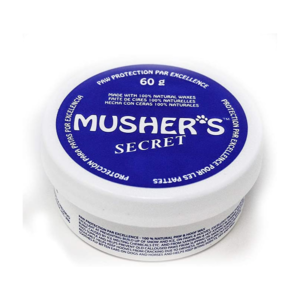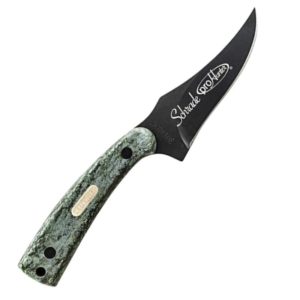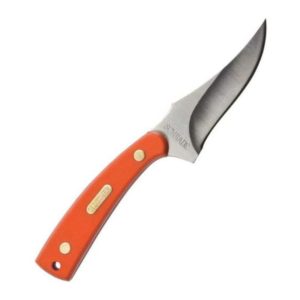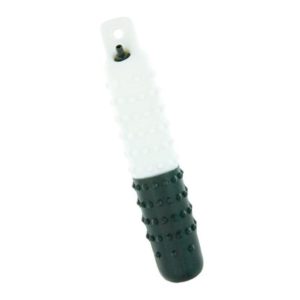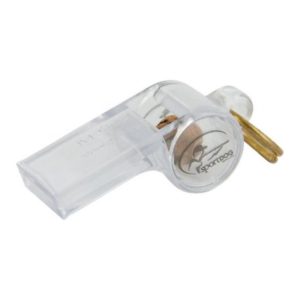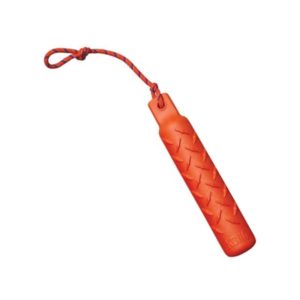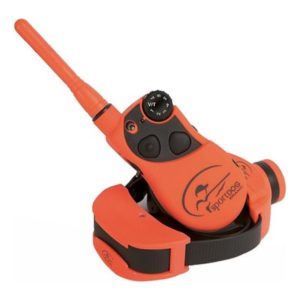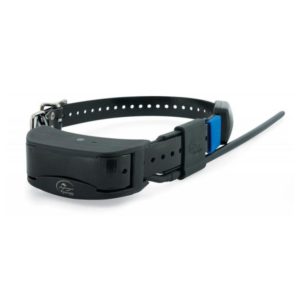Training your dog up to a full-blown bird dog, or “finished” dog, is a long process that takes years of training and hunting. However, training your dog up to a “started” dog basically comes down to three things.
Handling
A dog that can handle well means they can follow basic commands out in the field. They can “come” when called (recall), they can “heel” by your side, and they can “whoa” on command.
Most hunters train their dog to come to the sound of a whistle so that the hunter doesn’t have to resort to shouting his vocal cords out.
Training your dog to handle well isn’t just a good hunting skill, it’s basic obedience that will serve wonders when out off-leash at the park or in the yard. It’s important to start training a dog young on their basic handling skills. More info on how to get started with basic recall is available here.
Getting him Interested in Birds
Most dogs don’t necessarily need “training” to be interested in birds. Ron Boehme from The Hunting Dog Podcast often compares a dog on birds as adolescent boys looking at a Playboy magazine. Boys don’t necessarily need to see a Playboy at a young age in order to find the content interesting later on in life. Dogs will be interested in birds no matter when you introduce them.
Ron suggests you wait until about 6 months to introduce your dog to live birds. Introducing your dog to birds helps establish their prey-drive and gets the dog to understand how birds act. They’ll learn all kinds of things like that tall grass probably means there are birds hiding in there and that getting too close to one will just make it fly away.
To train pointers, you can place a bird, such as a pigeon, in a bird launcher and put it out in the grass. When the dog gets the bird’s scent, it should point his nose in the bird’s direction. Grab ahold of the dog’s lead and give him the “whoa” command. Have a friend hold him there while you walk up and “flush” the bird by launching it into the air. Continue to tell him to “whoa” until the bird is in the air.
Eventually, you can let your pup point on his own without holding the lead. If he gets too close, you can launch the bird which will teach him that creeping up on birds will make them fly away. Just make sure the dog isn’t too close to the launcher or else he’ll get a face full of bird. That could potentially scare him away from pointing birds.
As the bird launches, let your pup chase it.
As he gets better on point, you can ditch the launcher and move onto free-standing birds out in the grass.
Introducing Gunfire the Right Way
Once your dog is showing an absolute enthrallment for birds, you can start introducing gunfire. Most trainers will wait until about 6-12 months before introducing gunfire. But it is very important that you do not introduce gunfire too early.
Let’s repeat that. Do not rush introducing your dog to gunfire.
Rushing this step before your dog is ready could cause him to be “gun shy” and can completely ruin any future hunting opportunities.
Make sure your dog is absolutely captivated before slowly introducing gunfire.
For pointers, wait until your dog is on point on a bird. Have him “whoa” and hold still. Have a friend stand at a distance away from the dog. Walk up and flush the bird. As the bird is flying away, let the dog chase it. As the dog is on the chase, have your friend fire a .22 starter pistol. Hopefully, the dog should pay no mind to the sound of the gunshot as he will be too focused on catching the bird.
For retrievers, play a game of fetch with him. Throw a bumper/dummy and have him run out and chase it. While the bumper is in the air and your pup is ferociously charging toward it, have a friend fire the .22 starter pistol. Again, hopefully, the dog should pay no mind to the sound.
If the sound of the gunshot does not bother him, have your friend move about 5 yards close the to dog and try it again. Repeat this until you are shooting the starter pistol right next to your dog. If your dog shows any signs of fright, stop immediately.
Once your pup is proving himself confident on the starter pistol, move up to a 20 gauge and repeat the process. If you have a .410, use that before the 20 gauge. If you’ll be hunting with a 12 gauge, break that out next and repeat. Eventually, you’ll be shooting over your pup like a hunting pro.
Accomplishing these three things will get you to a “started” pup and ready for your next hunt.

